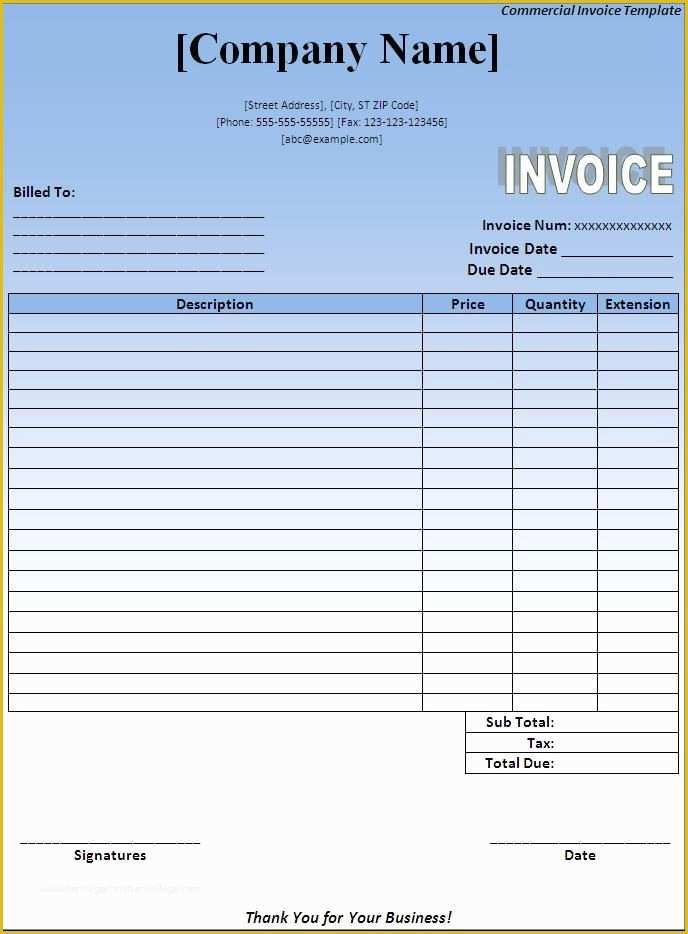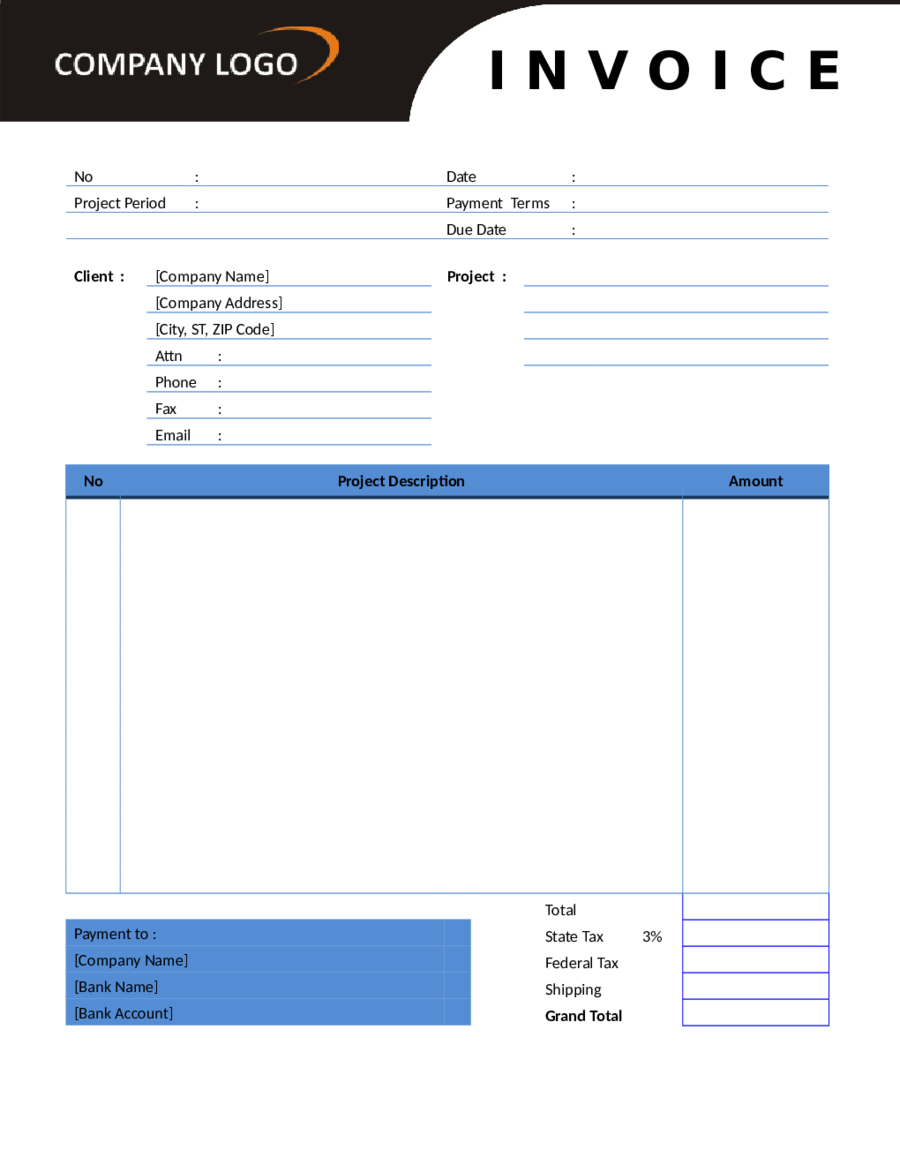

The remaining fields and tabs are just like the standard invoice. When you generate your recurring invoices, if the Select Date is less than the last build date, an invoice will not be generated. The dates here will control whether or not an invoice should be generated. The next two fields are controlling the time period an invoice should be generated when invoices are selected.

It’s handy if you’re going to have things generated throughout the month. I like to use this cycle to indicate the date of the month that I am going to produce these invoices. Here, because that can be added to the invoice form.Īnother user choice here is the Select Cycle. We can add a customer now or a customer’s purchase order number or the agreement number, whatever makes sense I think that this is a terrific place to add a copy of the agreement or contract or whatever it is that we have, so we have easy access from within Sageġ00. Note that next to the reference number is a memo icon. It’s user’s choice when assigning the reference number.

I have modified my list a bit to include additional information, so your list might look slightly different from mine.Ī customer number is first selected and then we add a reference number. Icon will display a list of the existing templates. Under the Main Menu in AR, we will launch the repetitive invoice entry to setup our templates. This video will demonstrate the repetitive invoice functions in Accounts Receivable. Welcome to SWK’s video series on Sage 100. Sage 100 – Accounts Receivable Repetitive Invoices transcript:
100 invoices software#
Cosmetics and Nutraceutical Manufacturing ERP Software.


 0 kommentar(er)
0 kommentar(er)
